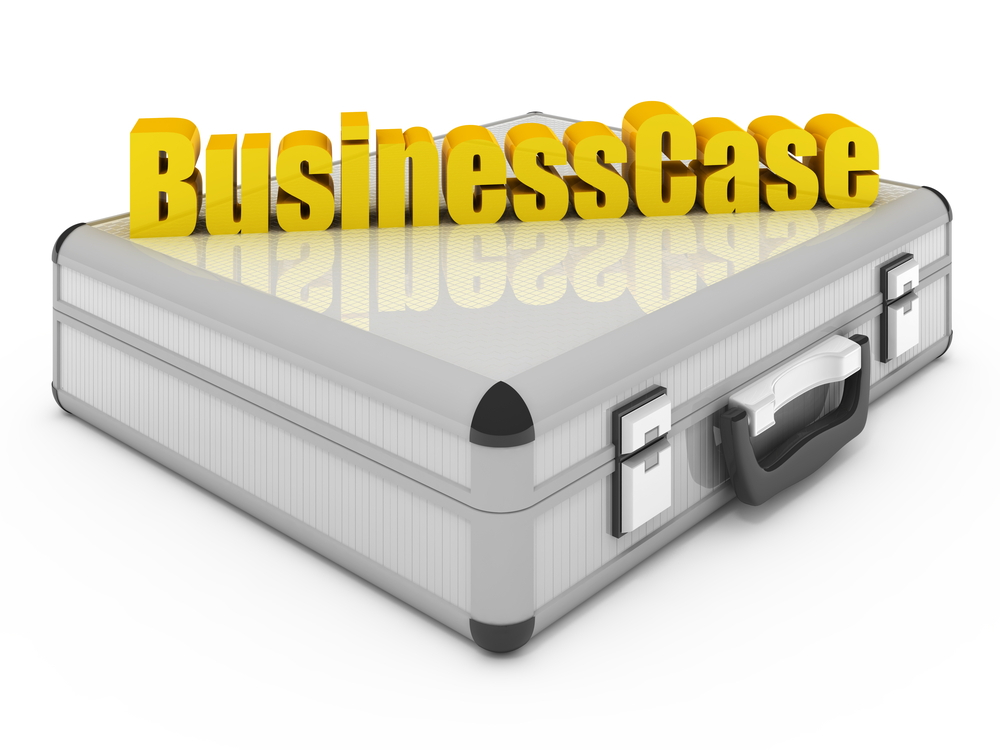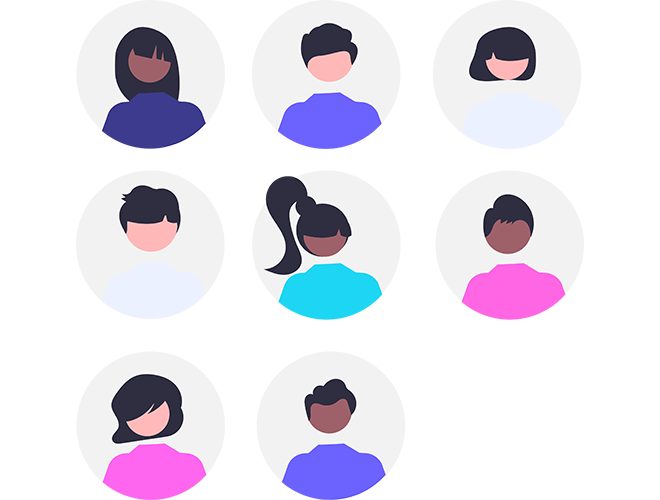Preparing a business case for the single view of a customer

This is a very comprehensive article written by Mark Humphries on the revenue generation, cost reduction and regulatory compliance benefits of better data management.
Preparing a business case for the single view of a customer
In previous roles, I have delivered several ‘single view of a customer’ projects. Each time, I prepared a very positive business case before getting approval for the project, and each time the benefits were evaluated after implementations. Perhaps the most interesting thing however, is that unlike many other projects, the business benefits ended up being more positive than originally forecast.
In this blog, I’d like to share with you how a well-implemented single view of a customer can deliver benefits far beyond the associated costs.
What is a single view of a customer, and why would you want it?
Put simply, it’s about having a single “golden” record for each of your customers, so that whenever you refer to a customer, you’re using the most up-to-date details, and everything you know about that customer is correctly linked to them. It means that when a customer phones your contact centre, you can find their details quickly, and can see their full history of transactions with your organisation. It means you know how many customers you actually have, and what they are worth to you. It means customers are central to your business model, rather than accounts, subscriptions or orders.
Single view of a customer as a requirement for compliance
If a government or regulator mandates that you strive to achieve a single view of your customers, then you don’t need a business case. Either you do it, or you lose your licence to operate. An example of this is the Know Your Customer rules that apply to banks, which need to successfully identify their customers to ensure they aren’t used for money-laundering activities.
However, I would argue that the other benefits that come from a single view are so important that you should consider them too. If it is mandatory, there’s a temptation to stop there and do it because you have to. I would encourage you to keep reading. If you have to implement a single view of a customer, you may as well get as much value out of it as possible.
Cost reduction
If you have a large number of customers and communication with them is a major cost for your organisation, you can make surprisingly big savings by implementing a single view of a customer. This would typically be an important part of the business case for energy suppliers, telecoms, insurers, banks or local government bodies, where regular postal communication to all your customers is a major cost. In some cases, it may be worth going one step further and thinking in terms of ‘Single Household’, and thereby avoid needless costs by sending duplicate communication to everyone at an address.
Risk management
One of the reasons governments have mandated Know Your Customer practices for banks is to enable better risk management. Each customer has their own risk profile, and if you’re managing that risk profile, it will be a lot more accurate if you make the effort to link everything you know about a customer via a single customer record. The risk profile for a customer will be much more complete if you can link their borrowing to their savings, for example. If you can identify a returning customer who has been with your competition for a while, you can assess their risk profile much more accurately than if you treated them like a new and unknown customer.
The more accurately you can assess your total risk, the less provision you need to make to cover unknown risks. This in turn releases capital for other opportunities or further investments.
Customer loyalty
It often comes as a surprise, but most customers actually like it when the companies they deal with have a complete picture of them. It boosts confidence that they are treated as an individual and not just as an account. Admittedly it’s not universal, and some customers value their anonymity, but in my experience the overwhelming majority of customers expect companies know them. When customers hold multiple accounts with you, they expect you to join up the dots. Personally, I like it when Amazon suggests books to me that I might like, but I get annoyed when my bank tries to sell me a credit card that I already have. One is showing me they know me, and the other is showing me they don’t care about me.
Fraud
If combatting fraud is important to your business, then a single view of a customer can be an invaluable weapon in your armoury. This is particularly true if you’re operating on tight margins. Losses due to fraud typically scale with turnover, but they go all the way to the bottom line. So, if you’re losing 2% of your turnover to fraud, this could easily be 20% of your net profit.
Fraudsters benefit from anonymity and multiple accounts, but many of them don’t apply particularly sophisticated techniques. Significant fraud can be avoided simply by matching small changes in names or dates of birth. Even more can be avoided if you can identify members of the same household who take it in turns to run up debts they have no intention of repaying.
I’ve seen business cases where fraud reduction was the biggest single benefit for the single view of a customer, and yet it’s often overlooked because fraud prevention is not considered as part of the core business.
Business analytics
The benefit in terms of business analytics is one of the least obvious benefits, and also the most difficult to quantify in advance. Nevertheless, I’ve seen the difference it makes, and it can be substantial if your business analytics are aimed at understanding customer behaviour in order to be able to anticipate it. Examples are churn prediction or credit scoring.
In these scenarios, the benefit comes from improving the quality of the data going into your analytics. Practitioners of business analytics generally agree that improvements in the quality of input data have a far greater effect than using the latest algorithms. It’s not accounts that decide to leave your company for the competition – it’s customers. If one customer is having problems on one of his four accounts, he or she won’t just take that one account to the competition – all four will go. But if you don’t know they’re linked, you won’t be able to see it coming. Similarly, by linking all of a customer’s accounts, you’ll be able to assess their credit rating accurately when they place a large order that you don’t want to lose, but can’t afford to give away.
Conclusion
I’ve highlighted six areas that I think you should consider when evaluating the benefits side of the business case for the single view of a customer. If you’re considering implementing a single view of a customer, chances are that you’re championing one of these benefits as the case for action. I would strongly recommend that you consider the others as well. For most companies, I would expect the benefits to be at least twice the costs. If you time it right, it’s even possible to achieve pay back in the same financial year that you launch the project.



